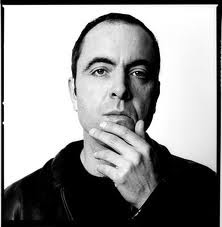 Although you’ve tried almost everything from getting the latest wonder hair solutions to undergoing medical treatments, you may still have not seen significant results. You don’t have to be depressed since this article will give you some home remedies.
Although you’ve tried almost everything from getting the latest wonder hair solutions to undergoing medical treatments, you may still have not seen significant results. You don’t have to be depressed since this article will give you some home remedies.
Rosemary and stinging nettle may help combat dandruff, a source of hair loss. Put a large handful of rosemary into a pan with water. Simmer for 10–15 minutes and leave to cool. Strain the mixture through a sieve into a jug containing a few drops of wheat germ or any oil. Use this as a rinse after you have washed your hair with a very mild shampoo. Finally rinse thoroughly with tepid water.
This was originally used by some Egyptians to moisturize their scalp. It has been utilized for centuries to clean the scalp and unclog the pores from grime and dirt. Cut a piece of aloe vera and apply the thick gel directly to your scalp. You have to leave it on your hair for about five to ten minutes. Since raw aloe vera is sticky, make sure that you wash it off right after the procedure.
A good multivitamin containing B5, folic acid, silica and biotin will help maintain hair health, but be sure to regulate your dosages carefully. Taking zinc in excess—that is, more than 30mg daily—can cause copper deficiency, often linked to hair loss. Before supplementing copper, restrict your intake of zinc, as copper can become toxic.
Licorice is a multi-purpose utility herb that is used as one of the essential elements of herbal hair tonic and in herbal hair loss treatment. Hair fall is also caused from liver malfunctioning. Licorice has the ability to make you healthy from the inside as well as providing you a relief from gastrointestinal and liver malfunctioning.
A tea of marshmallow and burdock is good for dry hair. To make the tea, add 1 tsp of marshmallow and 1 tsp of burdock to a cup of hot water. Onions have also been found beneficial for patchy baldness along with hair falling conditions. The affected part must be rubbed with onions in the morning and late afternoon. The juice of onion is stimulant to the hair follicles and hence will prevent falling too.
To make their hair healthy, shiny, and smooth, the Greeks have utilized olive oil. They’ve also used it to massage their scalp. Olive oil cleans out the scalp as well as encourages uninterrupted growth of hair. You can incorporate lemongrass oil and rosemary oil for best results.





